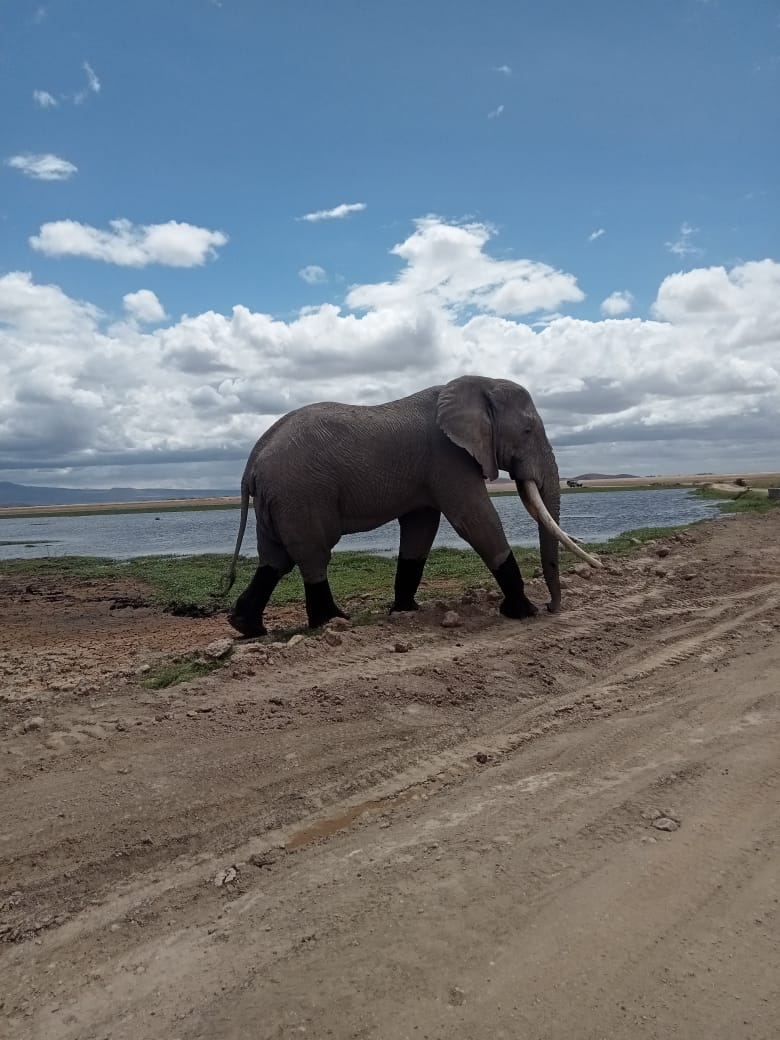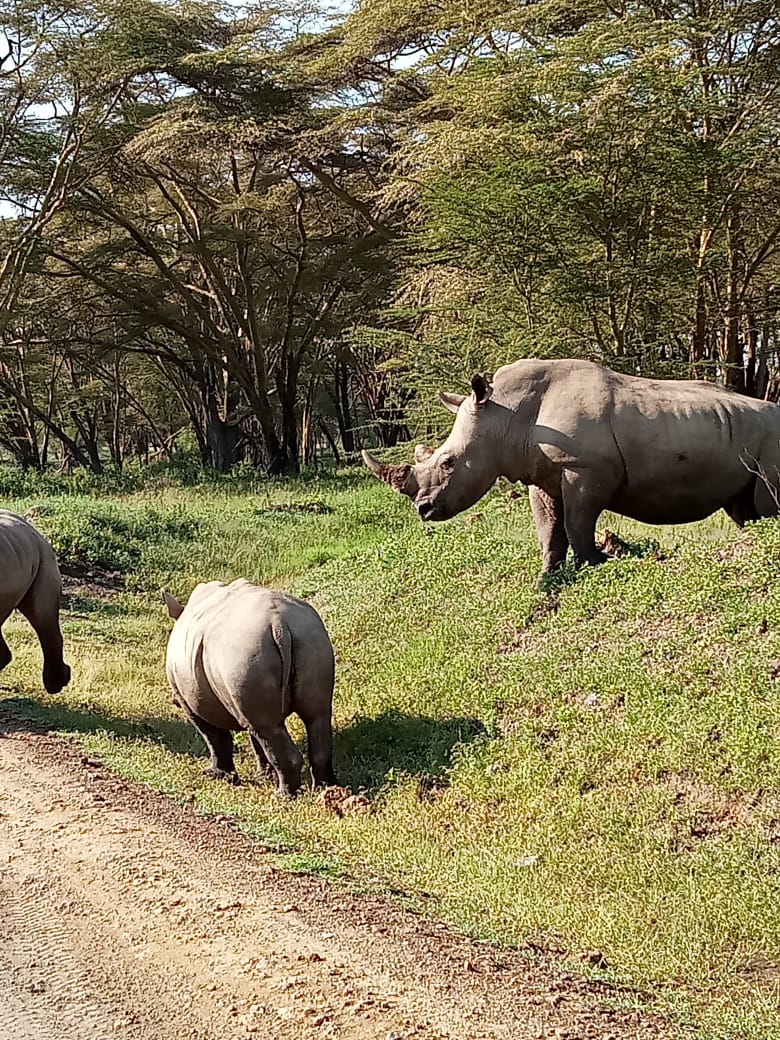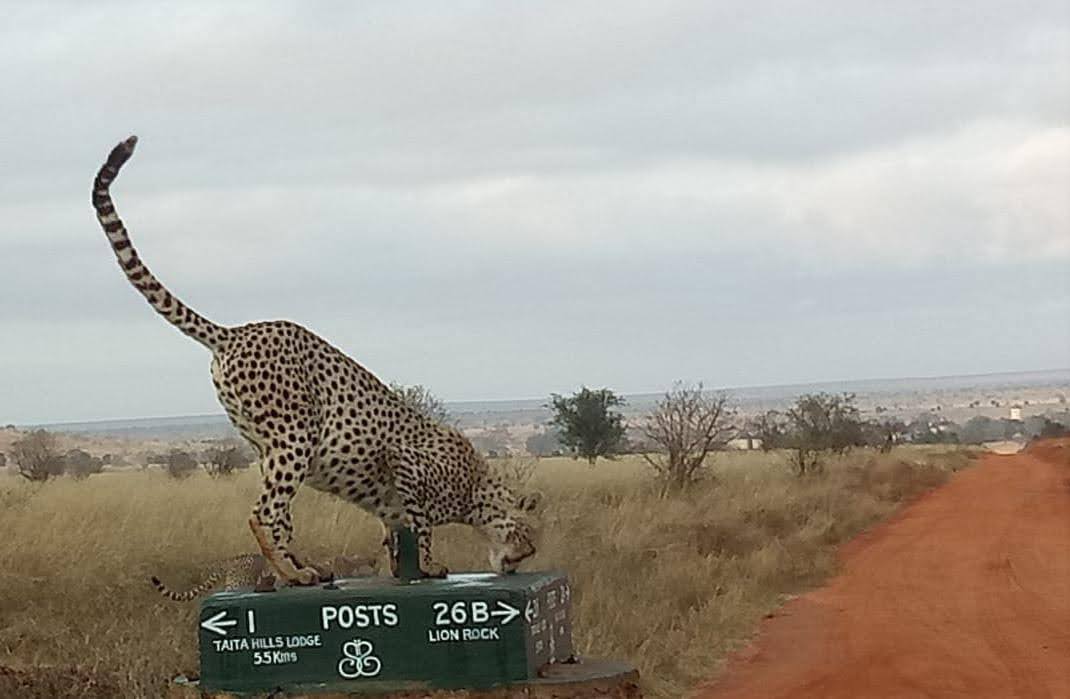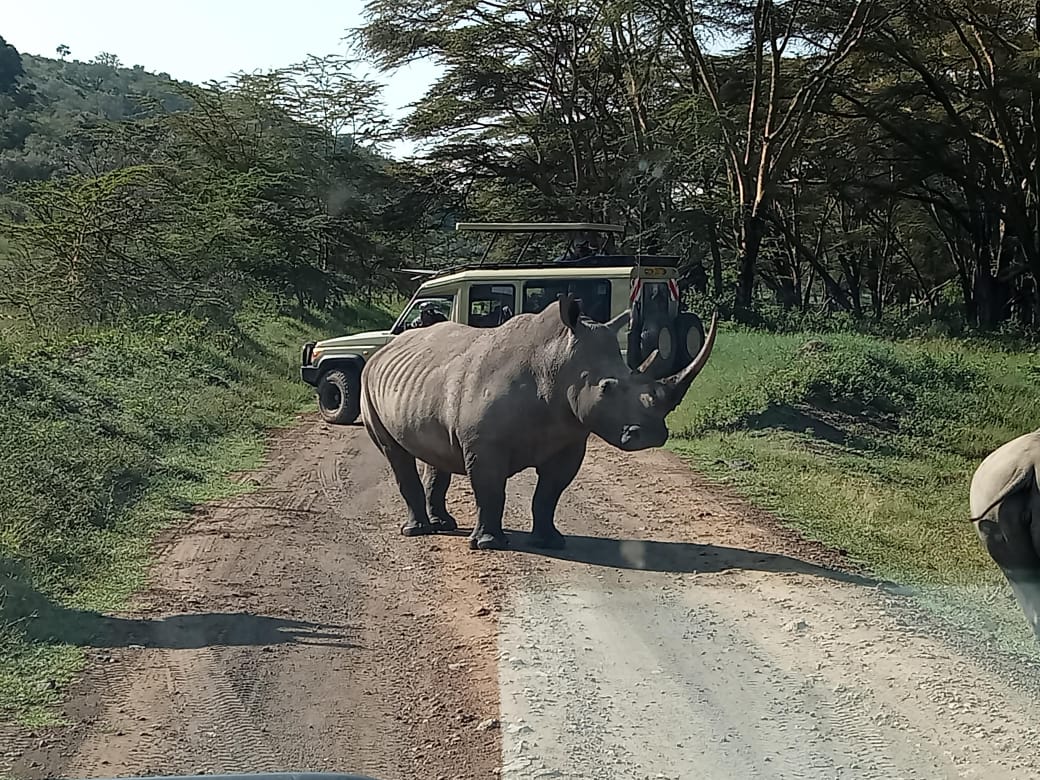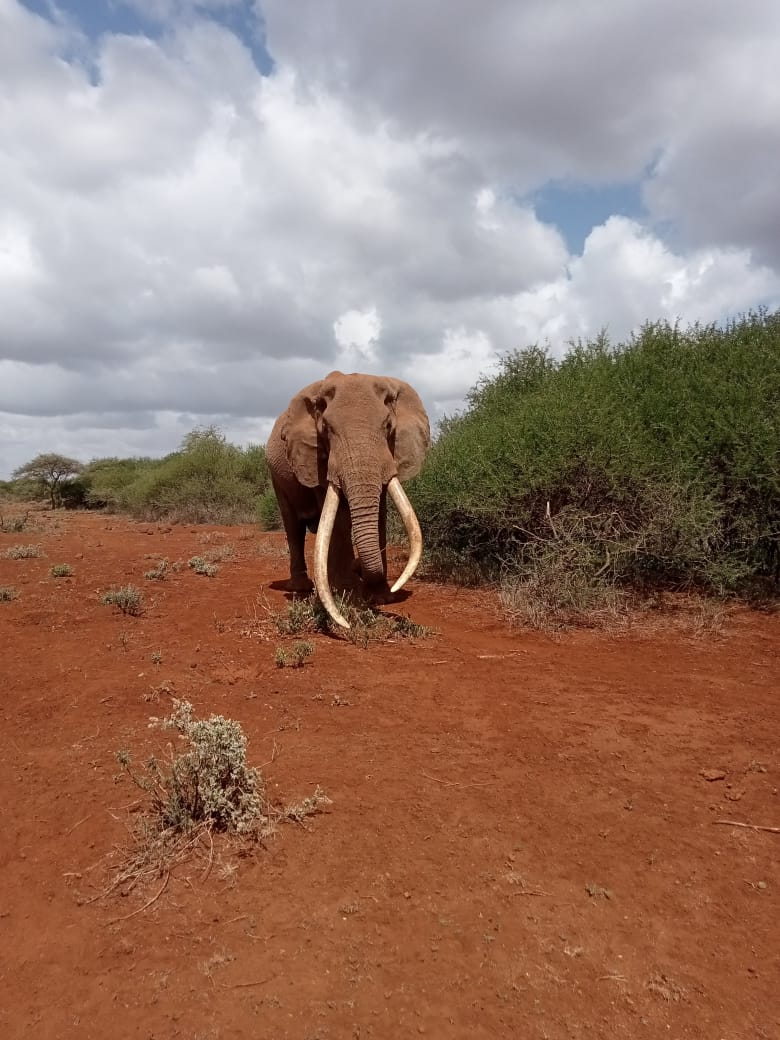Tsavo West National Park wildlife and landscape
Tsavo West National Park, located in southeastern Kenya, offers a thrilling safari experience, showcasing breathtaking landscapes, rich wildlife, and a slice of Kenya’s cultural heritage. With its rugged hills, open savannahs, and volcanic plains, Tsavo West is the perfect blend of adventure and serenity for nature enthusiasts and wildlife lovers alike.
A safari in Tsavo West National Park promises unforgettable adventures, from wildlife encounters to breathtaking landscapes. Whether you explore the Shetani Lava Flow, relax by Mzima Springs, or take a boat ride on Lake Jipe, every moment will be filled with excitement and discovery. With its rich biodiversity, conservation efforts, and diverse accommodations, Tsavo West offers the perfect escape for nature lovers and adventure seekers alike.
General Overview of Tsavo West National Park
Spanning over 9,000 square kilometers, Tsavo West is part of the larger Tsavo ecosystem, which includes Tsavo East National Park. Established in 1948, the park is known for its diverse landscapes, ranging from rolling hills to lava flows and acacia woodlands. The park is also home to an array of wildlife, including elephants, lions, buffalo, rhinos, and leopards.
Tsavo West’s star attraction is the Mzima Springs, a series of crystal-clear pools fed by underground streams from the Chyulu Hills. Visitors also flock to the Shetani Lava Flow, a surreal black rock formation that gives the landscape an almost otherworldly charm.

How to Get to Tsavo West National Park
Reaching Tsavo West National Park is relatively straightforward, with several transport options available for visitors:
By Road:
From Nairobi, Tsavo West is about 240 kilometers (5-6 hours by car) via the Nairobi-Mombasa Highway.
From Mombasa, it’s about 250 kilometers, taking 4-5 hours by road.
Travelers can enter through the Mtito Andei or Chyulu Gate, which are popular access points for tourists.
By Air:
Several airstrips in and around the park, including Kamboyo and Kilaguni airstrips, allow visitors to fly in via chartered flights from Nairobi or Mombasa.By Train:
The new SGR (Standard Gauge Railway) runs from Nairobi to Mombasa, with stops near the park. From the Mtito Andei or Voi station, visitors can arrange transport to the park.
Best Time to Visit Tsavo West National Park
Tsavo West offers year-round safari opportunities, but the best times to visit are:
Dry Season (June to October):
During this period, vegetation is sparse, and animals congregate around water sources, making it easier to spot wildlife. Temperatures are also cooler, making the experience more comfortable.Wet Season (November to May):
The wet season brings lush greenery, creating stunning landscapes. Birdwatchers especially love this time, as migratory birds flock to the park. However, some roads may become impassable during heavy rains.Shoulder Seasons:
Early November and late April offer fewer crowds and mild weather, ideal for visitors seeking a quieter safari experience.
Tsavo West National Park Lodges & Camps – Accommodation Overview
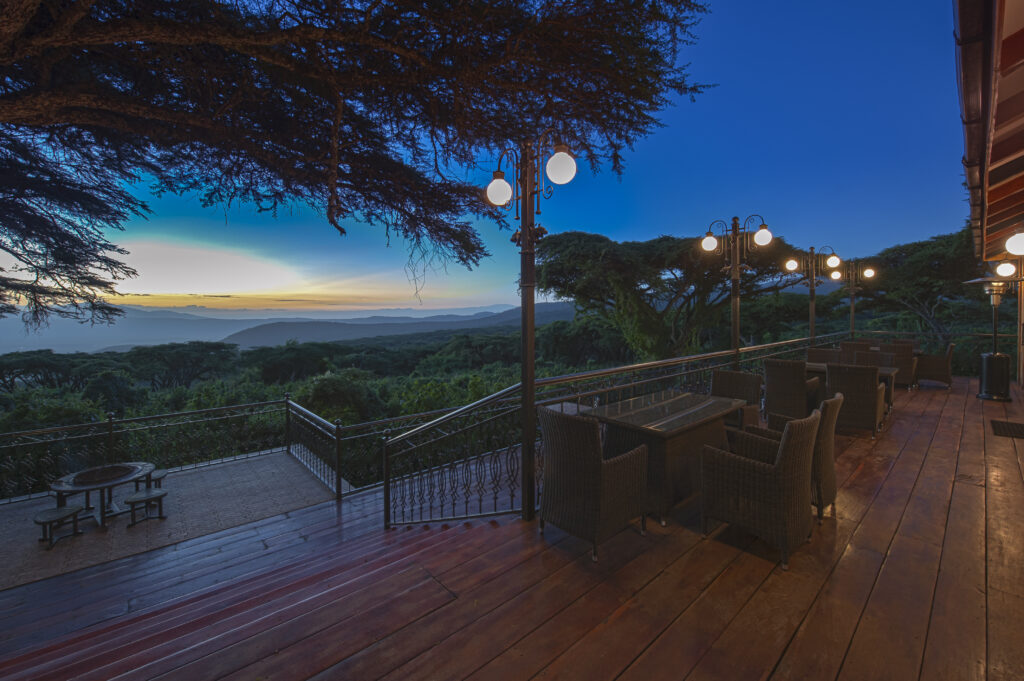
Tsavo West offers a variety of accommodation options, catering to different budgets and preferences.
Luxury Lodges:
Kilaguni Serena Safari Lodge: This lodge offers panoramic views of the savannah and watering holes frequented by elephants and other wildlife.
Finch Hattons Luxury Camp: Known for its opulence, Finch Hattons offers a luxurious experience with stunning tented suites.
Mid-Range Camps:
Ngulia Safari Lodge: Perched on a hill, this lodge offers breathtaking views and opportunities to spot leopards at night.
Severin Safari Camp: Combining comfort and eco-friendliness, this camp is ideal for those seeking a mid-range stay.
Budget Camps:
KWS Bandas: Managed by the Kenya Wildlife Service, these basic self-catering facilities offer budget-friendly accommodation options.
Campsites:
For adventurous travelers, Tsavo West has several designated campsites where visitors can set up their own tents and enjoy a night under the stars.
Tsavo West National Park Safari Experience
Tsavo West offers safari-goers a range of thrilling activities:
Game Drives:
Morning and evening game drives allow visitors to spot animals at their most active times. Whether self-driving or with a tour guide, game drives take you through scenic paths dotted with wildlife.Walking Safaris:
Some areas in Tsavo West offer guided walking safaris, giving visitors a chance to explore the park up close and learn about the smaller creatures and plant life often overlooked on vehicle safaris.Hiking and Rock Climbing:
For adventure seekers, the Chaimu Crater hike offers panoramic views of the park. The Ngulia Hills also offer excellent hiking trails.Birdwatching:
Bird enthusiasts will enjoy visiting Lake Jipe and Mzima Springs, where they can spot flamingos, fish eagles, and migratory birds.Rhino Sanctuary Visits:
The Ngulia Rhino Sanctuary, located within Tsavo West, provides a safe habitat for endangered black rhinos. Visitors can take guided tours to learn about the conservation efforts and possibly spot these elusive animals.
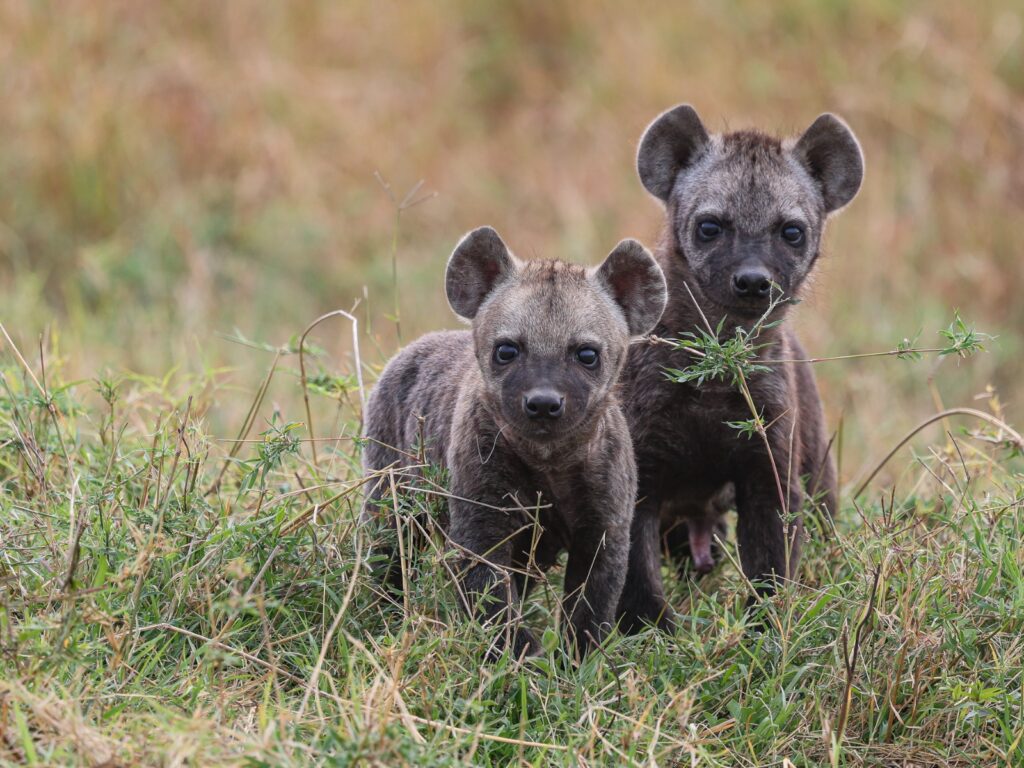
Wildlife & Landscape of Tsavo West National Park
Tsavo West National Park is home to a wide variety of wildlife, including the famous Big Five—elephants, lions, leopards, buffalo, and rhinos. Here are some highlights of the wildlife and scenic features you can expect:
Wildlife:
Large herds of red-dust elephants are a notable sight, as they cover themselves in the park’s reddish soil.
Predators such as lions, cheetahs, leopards, and hyenas roam the park’s wilderness.
Visitors can spot hippos and crocodiles at Mzima Springs.
Tsavo is also a birder’s paradise, with over 400 bird species, including hornbills, kingfishers, and African fish eagles.
Landscape:
Tsavo West is defined by its diverse terrain. The Shetani Lava Flow offers an otherworldly sight of black volcanic rocks. Meanwhile, the Ngulia Hills provide stunning vantage points over the park. Lake Jipe, on the park’s southern edge, adds a scenic charm while supporting aquatic life and bird species.
Points of Interest in Tsavo West National Park
Mzima Springs:
A series of crystal-clear pools fed by underground streams, where visitors can watch hippos and crocodiles from an underwater observation room.Shetani Lava Flow:
This ancient volcanic flow, with its blackened rocks, is a must-see geological wonder. Visitors can take short walks along the lava field to explore the eerie landscape.Ngulia Rhino Sanctuary:
This sanctuary is home to several endangered black rhinos, offering visitors a chance to see these rare animals while supporting conservation efforts.Lake Jipe:
A freshwater lake on the Kenya-Tanzania border, perfect for boat rides and birdwatching. Visitors can spot aquatic birds, hippos, and even elephants along the shoreline.Chaimu Crater:
A short but rewarding hike up this extinct volcano provides panoramic views over the park’s rolling hills and plains.

Tsavo West National Park FAQS
Game drives with a guide are the best way to explore, but walking safaris and hikes offer unique experiences too.
Yes, many lodges cater to families, and the variety of activities ensures something for everyone.
Absolutely. The two parks are connected, and many travelers explore both during their safari.
Bring lightweight clothing, a hat, sunscreen, insect repellent, binoculars, and a camera for the best experience.
Some lodges have first-aid facilities, but it's recommended to carry basic medication. The nearest hospitals are in Voi or Mtito Andei.
